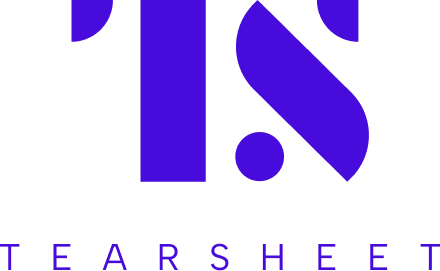The Accessibility Playbook: How to make FIs accessible inside and out
- There are more than 42.5 million differently-abled people in America, and firms need to think about how their products, work environments, digital and physical footprints need to evolve to serve this segment better.
- Dive into what strategies some of the biggest FIs are using to make their work environments, their customer touchpoints, and products more accessible.

Who is a bank really for? Most of us would like this answer to be: everyone. But sometimes accessibility to banks as employers and as banking providers gets skewed away from those who are differently abled.
This is thankfully changing, as many Wall Street and community banks are realigning their policies and taking mindful action to build a more inclusive customer-facing and employee-facing institution.
Here is how some of the biggest firms are building for accessibility:
Build for differently-abled customers
1. Shift accessibility left: Making a digital product or service accessible after it’s already been developed is harder than building it accessible from the start. Capital One’s journey to one of the most accessible banking apps is one that started from this realization. Since there is overlap between SEO and accessibility requirements, the firm evolved its SEO team into its accessibility team. Raising awareness internally about how shifting accessibility left in the development process can introduce efficiencies is also important. In Capital One’s case, a significant part of the firm’s Senior Director of Digital Accessibility Mark Penicook’s time and effort goes into ensuring that teams across the bank understand the work they are doing, and how it impacts customers’ and the employees’ workflow.
2. Leverage tech and build subject matter expertise: Last year, Chase won an unsolicited James R. Olsen Distinguished Service Accessibility Award by the American Council of the Blind. The bank has been able to realize such results on the accessibility of its app because it has dedicated subject matter experts that guide the development process as well as team-based trainers that work with testers, designers and developers. The bank’s design process also enables designers to markup their work with the accessibility functionalities and features that need to be worked in by developers – Chase calls this tech “green lines” according to James Green, Head of Digital Accessibility at Chase. This markup software allows two separate teams to stay on the same page when building a product and ensures that developers don’t unknowingly make any changes to things like alternative text and other features that would compromise the overall accessibility of the product.
3. Automate and work with accessibility software providers: A time-consuming chunk of the accessible software development cycle is testing. For example, before Capital One started automating its accessibility testing processes, the firm would spend 3 to 4 weeks testing out its digital footprint for issues, said Penicook. To make this process more efficient the firm’s venture capital arm invested in accessibility software provider Evinced, and has been able to bring its testing time down to a few hours. Other major banks and FIs also leverage the expertise of accessibility providers to build more accessible products and test for issues. For example, US Bank and PNC both work with Deque Systems, and the money transfer company Payoneer works with UserWay.
_____________________________________________________________________ 


